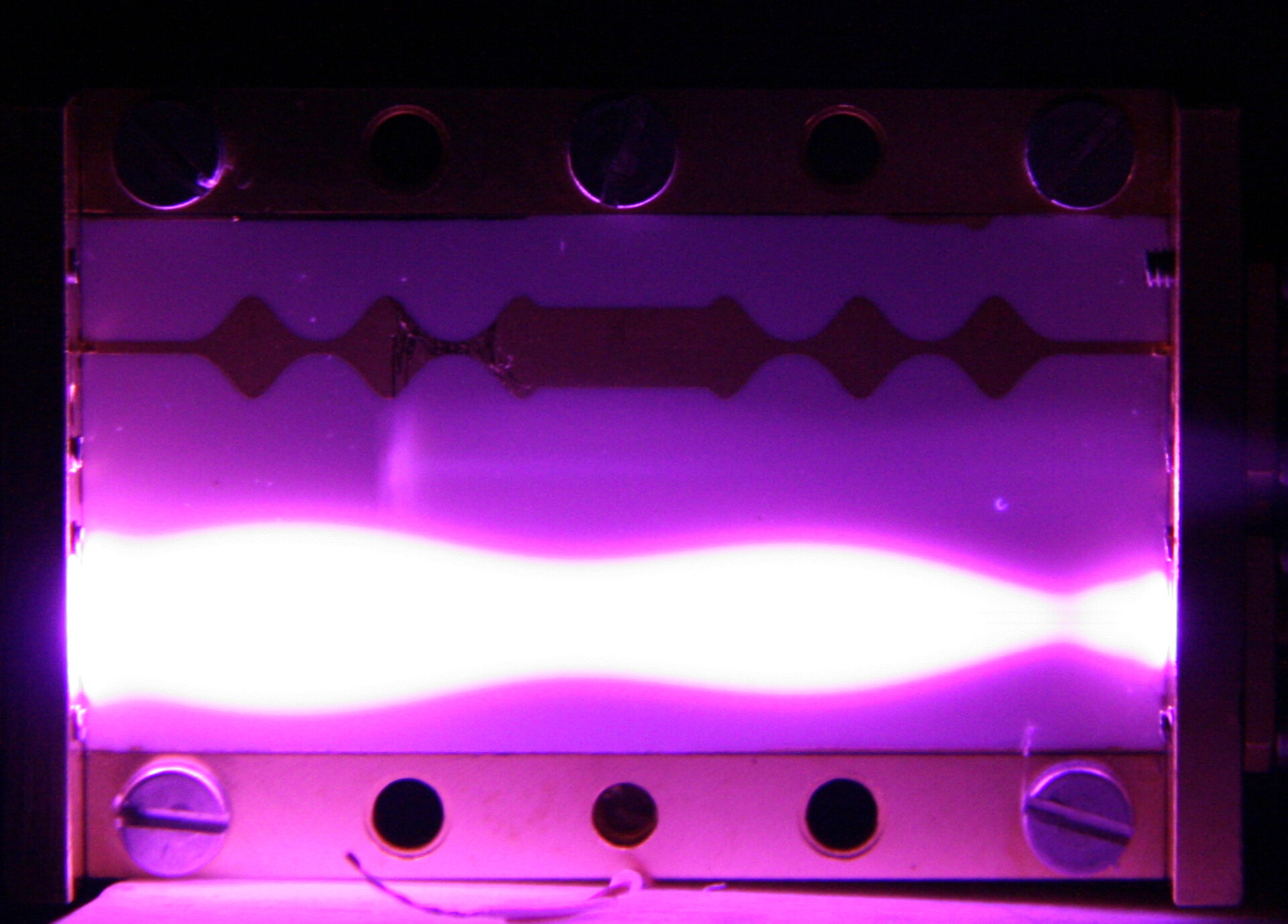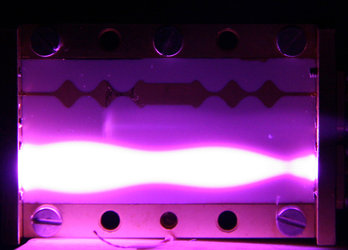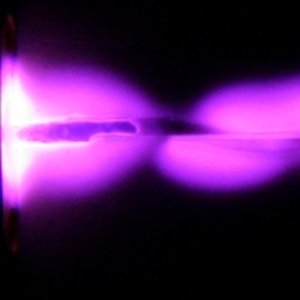Note for Editors: High-Power RF Laboratory
There are numerous laboratories specialising in radio frequency (RF) matters, but ESA’s High-Power RF Laboratory is the only one exclusively studying a harmful trio of high-power RF effects.
The first of the phenomena that the Laboratory specialises in is called ‘multipactor’. It occurs in vacuum when an RF system’s powerful electrical field accelerates free-floating electrons found in space. The sped-up electrons strike part of the RF system structure, liberating further electrons as a result which go on to strike other parts of the structure.
A single electron is all it can take to begin the multipactor chain reaction. Harmful results from the resulting avalanche of electrons include signal interference and surface erosion.
‘Corona’ effects are induced by the presence of vestigial gases around the RF system, perhaps due to outgassing as system components heat up or else the leaking of air trapped inadvertently inside spacecraft parts. This air is ionised by high-power RF signals, causing glowing discharges which can lead to localised heating as well as signal degradation and sometimes harmful electrical discharges.
Finally ‘passive intermodulation’ (PIM) takes place when powerful outgoing antenna signals are distorted to cause interference to an adjacent receiver, blocking it from receiving weaker incoming signals.
In the past quarter of a century the Laboratory has provided support to many ESA missions including ERS, Envisat, Artemis and MetOp. Most recently it has assisted Galileo, BepiColombo, Aeolus and Alphasat. In April its work at ESTEC will conclude with an Alphasat test campaign before restarting in Valencia this July.






